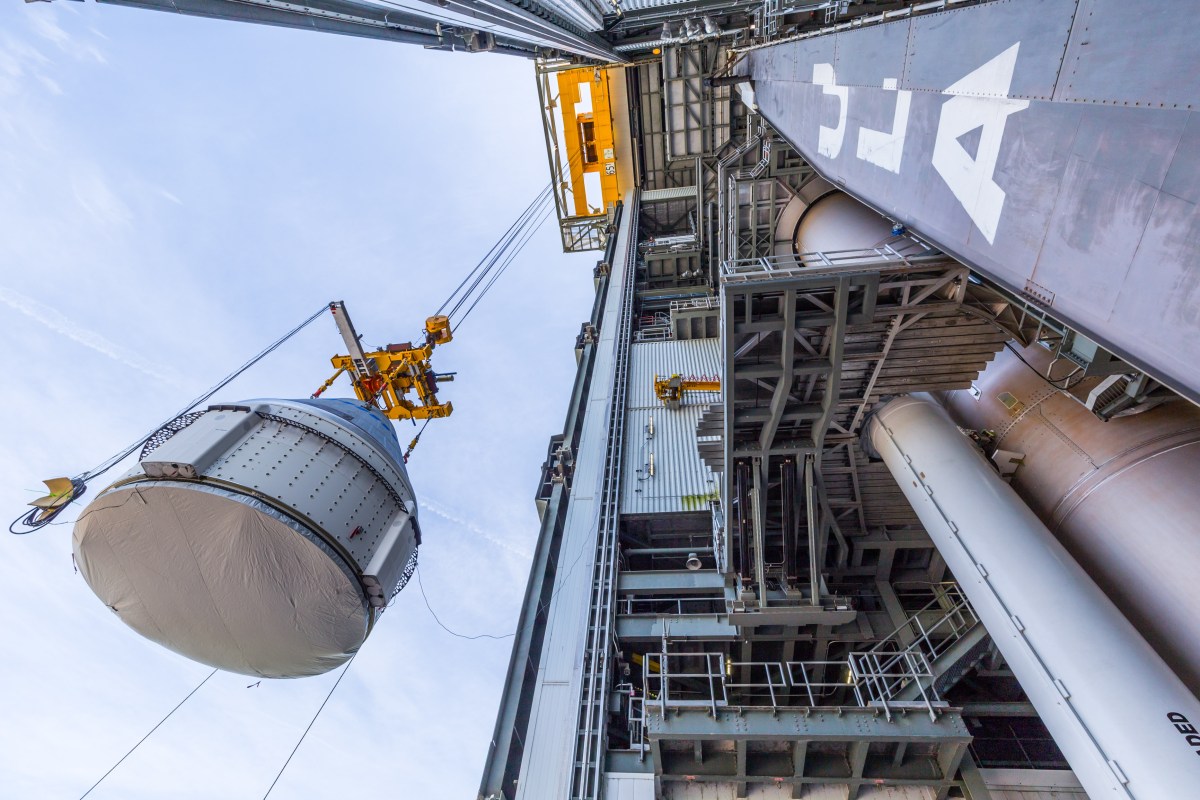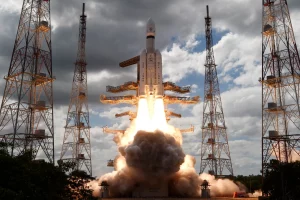
Boeing’s Starliner crew capsule will not be ready fly crew until March 2024
Boeing and NASA managers are now estimating that the CST-100 Starliner spacecraft will not be ready to fly astronauts until March 2024, one of the longest delays yet to hit this already very delayed space program.
Boeing’s Starliner capsule is part of NASA’s Commercial Crew program (CCP), one of two spacecraft – the other being SpaceX’s Dragon – the space agency selected in 2014 to carry astronauts to and from the International Space Station. But while SpaceX’s Dragon has conducting many astronaut ferrying missions, Boeing’s Starliner has been continually sidelined due to technical issues. To date, Starliner has completed just one uncrewed orbital test flight, which successfully launched last May.
A crewed Starliner mission with two NASA astronauts aboard was due to launch in April, until it was delayed to July; then the two firms announced at the beginning of June that the crewed test mission would be postponed yet again, this time due to issues with the capsule’s parachutes and the glass cloth tape that wraps around wire harnesses in the spacecraft.
Steve Stich, a manager with NASA’s CCP, told reporters Monday that the team has made a “tremendous amount of progress” since the June update. That progress includes redesigning the parachute “soft links,” or the connectors that attach the parachute to the capsule, and removing a “substantial amount” of the P-213 glass cloth tape had been removed from the crew module. 85% of the tape has been remediated in the upper dome of the craft already, he added.
But even as NASA and Boeing make headway on these problems, they’re proving to be very time-intensive. Mark Nappi, Boeing’s Starliner program manager, said that the new parachute would not be delivered until around the beginning of December, with a drop test occurring in mid- to late-November.
That means the spacecraft won’t be ready until early March – but that doesn’t mean that the test mission will occur in early March.
“We’re now working with NASA Commercial Crew Program, ISS, and [launch provider] ULA on potential launch dates based on our readiness,” Stich said. “It’s a complicated manifesto on ISS and the launch pad of ULA, so we’ll work that throughout the next several weeks and see where we can get that in and we’ll set a launch date.”
In spite of this late schedule, NASA and Boeing managers affirmed their confidence that Starliner will be able to fulfill all of the contracted missions under the CCP before the ISS decommissioning in 2030.
“There’s really no reason to change our plans,” Nappi said. “We’ve bought hardware for six flights plus [the crewed test flight]. It still fits us well in the window that we have. There’s additional flights are available outside of those six with other customers. So I think we are still committed, like we have been in the past, and will continue on.”
In the meantime, costs continue to mount. Boeing has incurred nearly $900 million in losses due to delays in Starliner development as of October last year; no doubt that number will continue to climb until the capsule’s maiden commercial flight.


